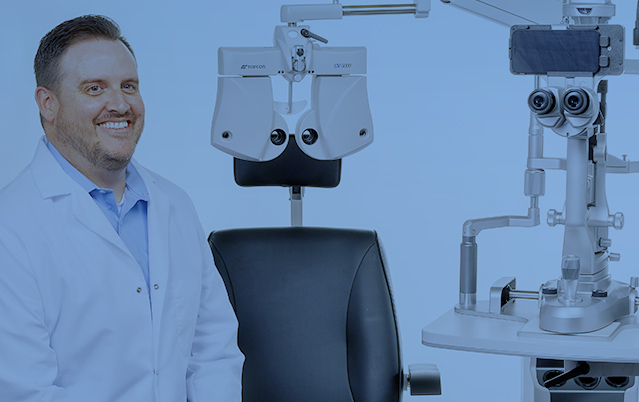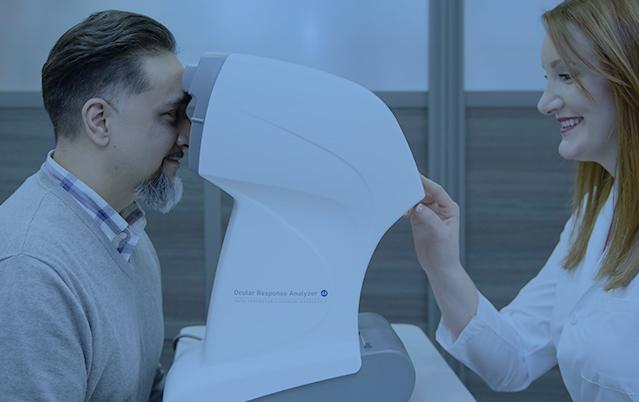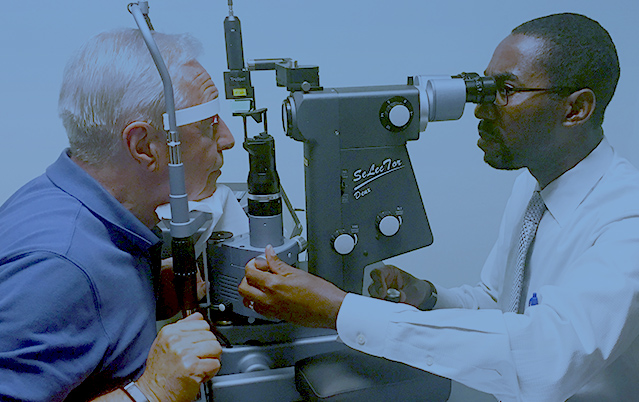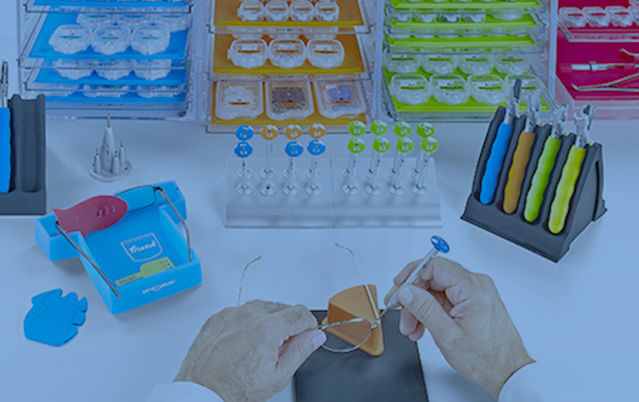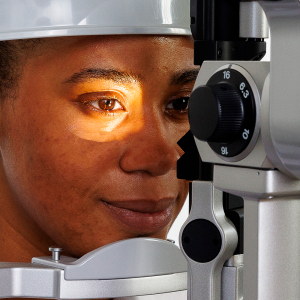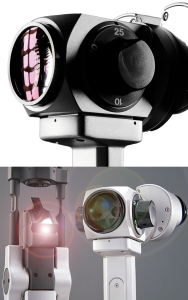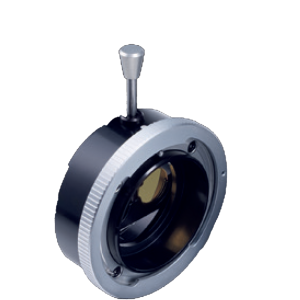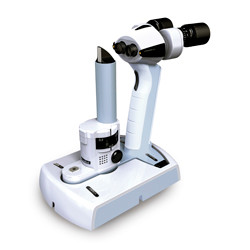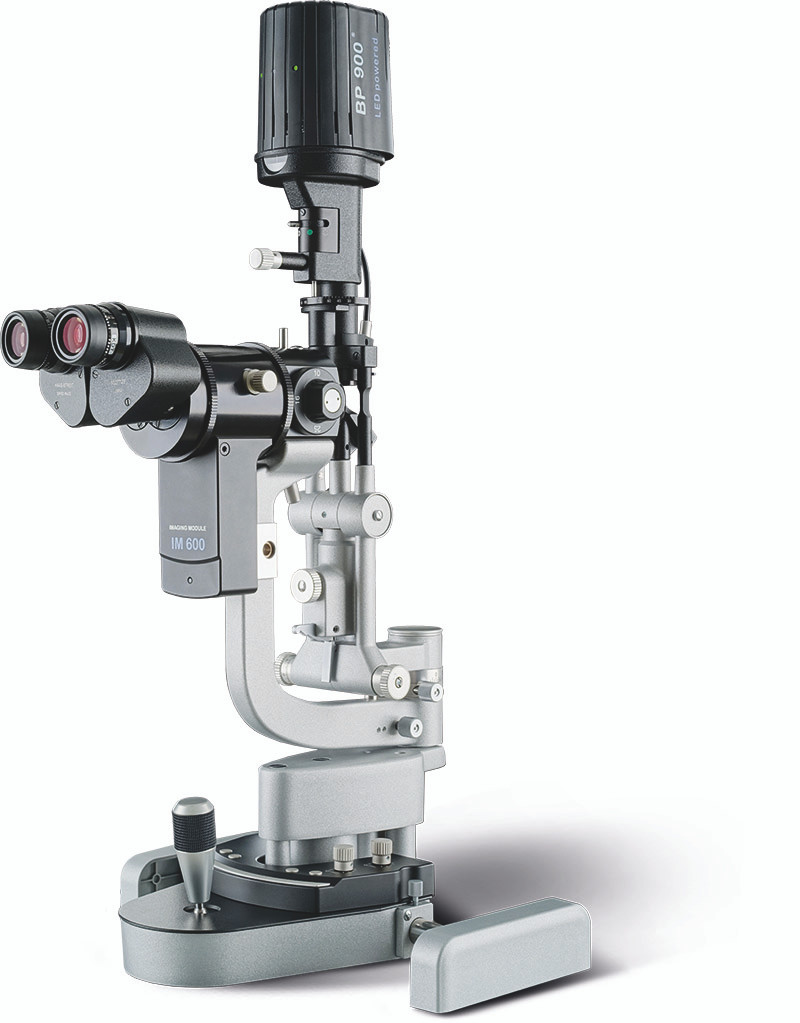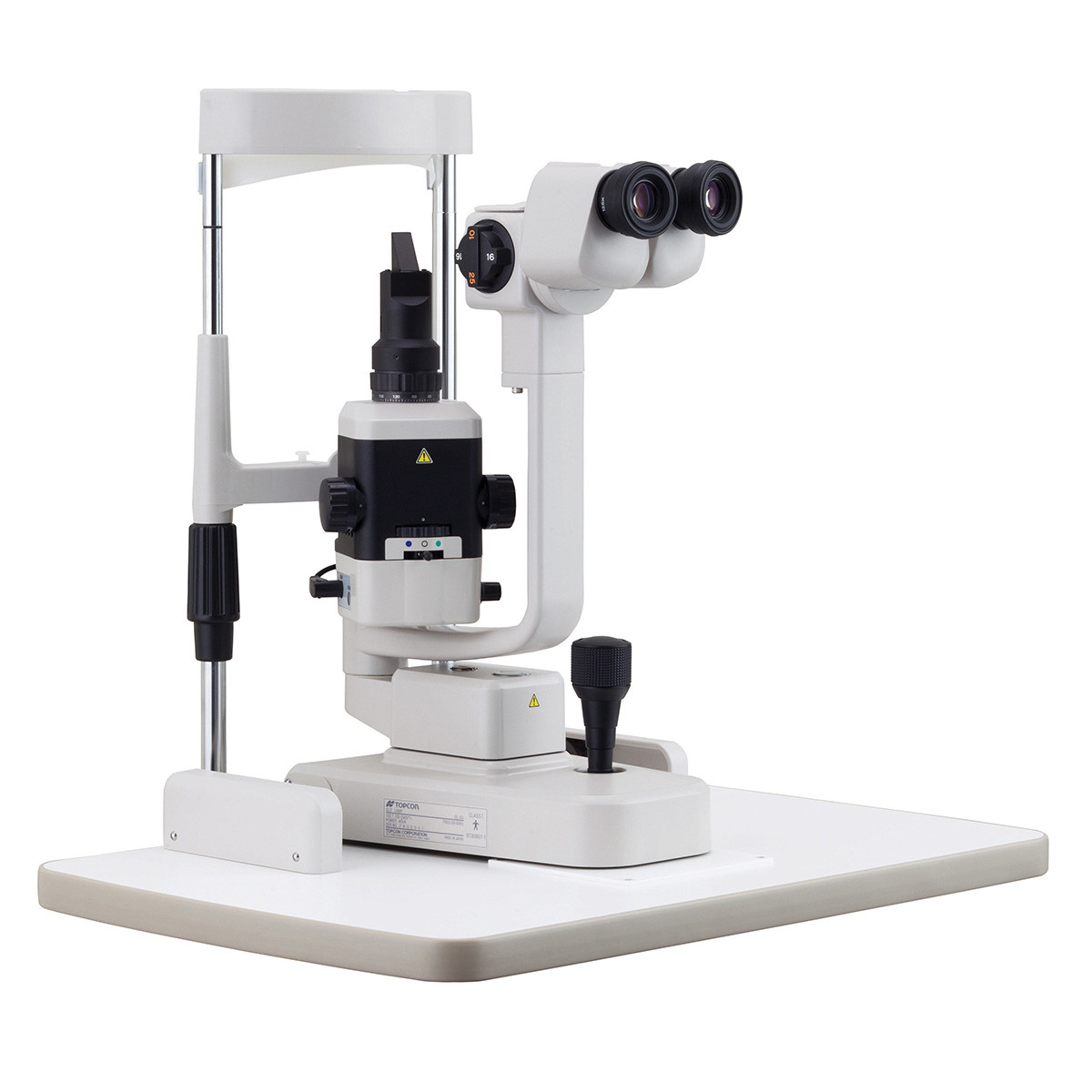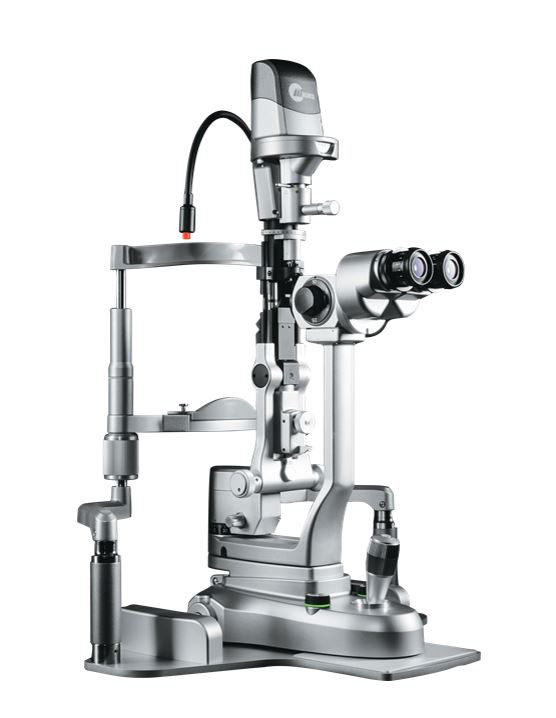If you’re expanding your practice, or the hottest holiday toy the last time you bought equipment was the Furby, it’s probably time to purchase new slit lamps. But often, without the immediate need for additional units, slit lamp upgrades can go overlooked.
Slit lamps can last a very long time. There are no moving parts, and people tend to fall in love with what they have. So, it’s understandable that they’re not considered unless someone opens a new location or adds some lanes to their existing practice.
But for creatures of habit or those reluctant to take the plunge, there are plenty of good reasons to upgrade your slit lamps right now. Here is your slit lamp buying guide with some essential features to look for when making your purchase.
1. Light Source
Many older slit lamps use incandescent or halogen bulbs that may need to be replaced every six months. Kevin Williams, Vice President of Lombart Healthcare, explains that nearly all newer models from top manufacturers like Marco, Haag-Streit, and Topcon feature LED lighting, and that’s a real game changer.
“There are so many watt hours available that we still don’t know how long an LED bulb might last,” he says. “It could potentially last 20 or more years.”
Additionally, LED lights require significantly less voltage than traditional bulbs, resulting in lower energy costs and your slit lamp remaining cool to the touch throughout the day.
2. Illumination Type
Most of the top brands offer models in both tower (Haag-Streit) and lower (Zeiss) style illuminations, but the choice usually comes down to doctor preference.
Many doctors develop equipment preferences based on the equipment available in the university labs where they were trained. Once they open a practice, they tend to go with the style with which they are familiar.
While you don’t gain or lose functionality by choosing a tower or a lower style illumination, it could be a critical choice for your longevity.
“Some of the most common injuries in this field are rotator cuff and neck injuries,” Williams explains. “You repeatedly have to raise your arms over your head to manipulate the equipment on a tower-style slit lamp.”
While the lower-style light source can be adjusted with one hand, a tower-style enables doctors to adjust the light in more positions.
3. Optics
Optics and illumination go hand in hand.
“Once you illuminate something, you need to be able to see it,” says Wayne Stobie, Vice President of Sales at INNOVA (Advancing Eyecare’s Canadian distributor). “If you don’t have good optics to go with your illumination, your image may be brighter, but you still won’t be able to see as much.”
The historical leader in optics is the Haag-Streit slit lamp, but other brands such as Marco and Topcon slit lamps have closed the gap. For instance, Marco’s “Ultra Optics” offer amazing resolution and depth of focus plus a wider field of view. Manufacturers aside, there are two options when it comes to optics:
- Converging optics – the traditional style of optics for slit lamps
- Parallel optics – a more modern style (also called Galilean optics)
The biggest advantage of Galilean optics is gaining some enhanced depth of field, as well as a wider field of view, even at higher zooms.
4. Magnifications
A slit lamp’s magnification options are tied directly to its optics. Converging optical systems primarily offer two magnification options, 10X and 16X. Parallel (Galilean) optics typically offer 3-5 fixed magnification choices ranging from 6X to 40X.
“It comes down to what do you use on a regular basis,” says Stobie. “The three-mag slit lamp is a popular configuration. It covers the levels you want, and it costs less. It seems to be the sweet spot for the majority of doctors.”
Marco says greater magnifications are becoming more popular as people become more aware of the differences between optics. “I think many people may not understand that magnification capabilities between slit lamps have more to do with optics than anything else,” he says. “Parallel optics are gaining popularity in optometry and ophthalmology.”
5. Filters
Filters can be used for enhanced viewing of both the anterior and posterior of the eye. Available filters are relatively consistent across slit lamp models: cobalt blue, red free, yellow, etc. But, UV blue light is an additional consideration when using an LED slit lamp.
It’s very important that doctors consider UV light filters as we’re starting to hear a lot about blue light damage from our phones and computer screens. That also applies to LED light sources on slit lamps. If you decide to purchase an LED slit lamp, we recommend making sure it has this filter to protect the patient and the doctor from overexposure to UV light.
6. Digital/Imaging Options
The main reasons practices add slit lamp imaging capabilities are for documentation and patient education. While cost considerations lead most practices to choose traditional slit lamps, a slit lamp camera can offer many benefits:
- Eye care providers can better monitor disease progression and the effects of treatment.
- Imaging facilitates patient education which can increase compliance.
- Captured images allow for seamless consultation with specialists.
- Imaging can represent billable funds to a practice
If you do choose to add imaging to your slit lamp, that decision hinges mainly on your choice of optics. You can attach almost any imaging system to a slit lamp with Galilean optics, but your options are very limited with converging optics.
If you think you may want to add imaging to your slit lamp, make sure it is a digital capable model and has background illumination either built in or as an add-on option.
Finally, different imaging systems vary in their means of capturing and processing images. Haag-Streit and Topcon use the conventional method using a detachable camera connected to a PC with specialized software. The Marco iON utilizes the Apple iPhone with downloadable app to take images and video and wirelessly transfer them to patient records.
7. Ergonomics, Comfort, & Design
When choosing a slit lamp, also consider ergonomics and aesthetics. We are all creatures of habit, so there are likely aspects of your old slit lamp that fit your daily routine like a glove, but it’s also important to accommodate the needs of your body, your patient, and your office.
Slit lamps with a compact light source that can be used with one hand may be easiest for both doctor and patient. Additionally, some models like the Marco Ultra M4 and M5 come with expanded headrests for the modern, often larger, patient demographic.
Let’s not forget the overall look of your slit lamp. Many of the newer models are minimizing external cables and cords. Marco Ultra M Series slit lamps, for example, integrate all electronics into the base of the slit lamp, eliminating the unsightly transformer and all visible cables.
Portable/Handheld Slit Lamps
Depending on your practice, a portable slit lamp may be the right choice. These battery-powered slit lamps are lightweight and versatile, making them great for off-site screenings, nursing homes, or for children who won’t sit still for a traditional exam.
Popular Models
Ready to start shopping? Here are some options.
Tower (Haag) Style
- Marco: B3, Ultra M3, Ultra M5
- Haag-Streit: BM 900, BQ 900, BP 900, BI 900, BX 900
- Topcon: SL-D301, SL-D701
- S4Optik: H Series
- Keeler: H Series
- Reichert: Xcel 455
Lower (Zeiss) Style
- Marco: B2, Ultra M2, Ultra M4
- Topcon: SL-D2, SL-D4, SL-2G
- S4Optik: Z Series
- Keeler: Z Series
- Reichert: Xcel 255
Digital Capable
- Marco: Ultra M2, Ultra M4, Ultra M5
- Haag-Streit: BP 900, BQ 900, BI 900, BX 900
- Topcon: SL-D2, SL-D4, SL-D301, SL-D701
- S4Optik: SL-H3, SL-H5, SL-Z3, SL-Z5
- Keeler: All Digital (D) and Digital Ready (DR) models
Imaging Systems
- Marco iON
- Haag-Streit IM 600, IM 910 with EyeSuite software
- Topcon DC-4 with IMAGEnet software
- Keeler Camera Module with Konnect software

